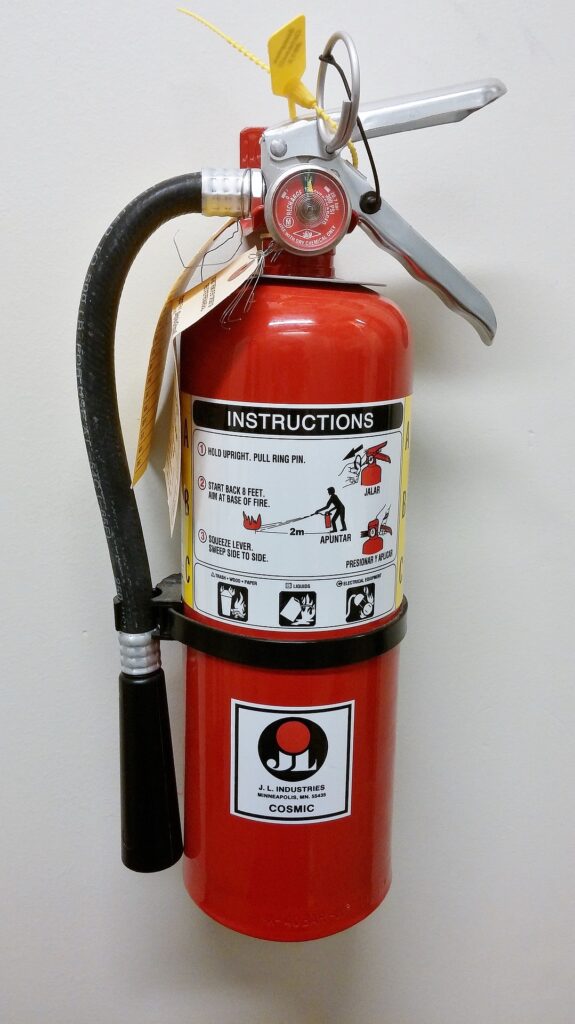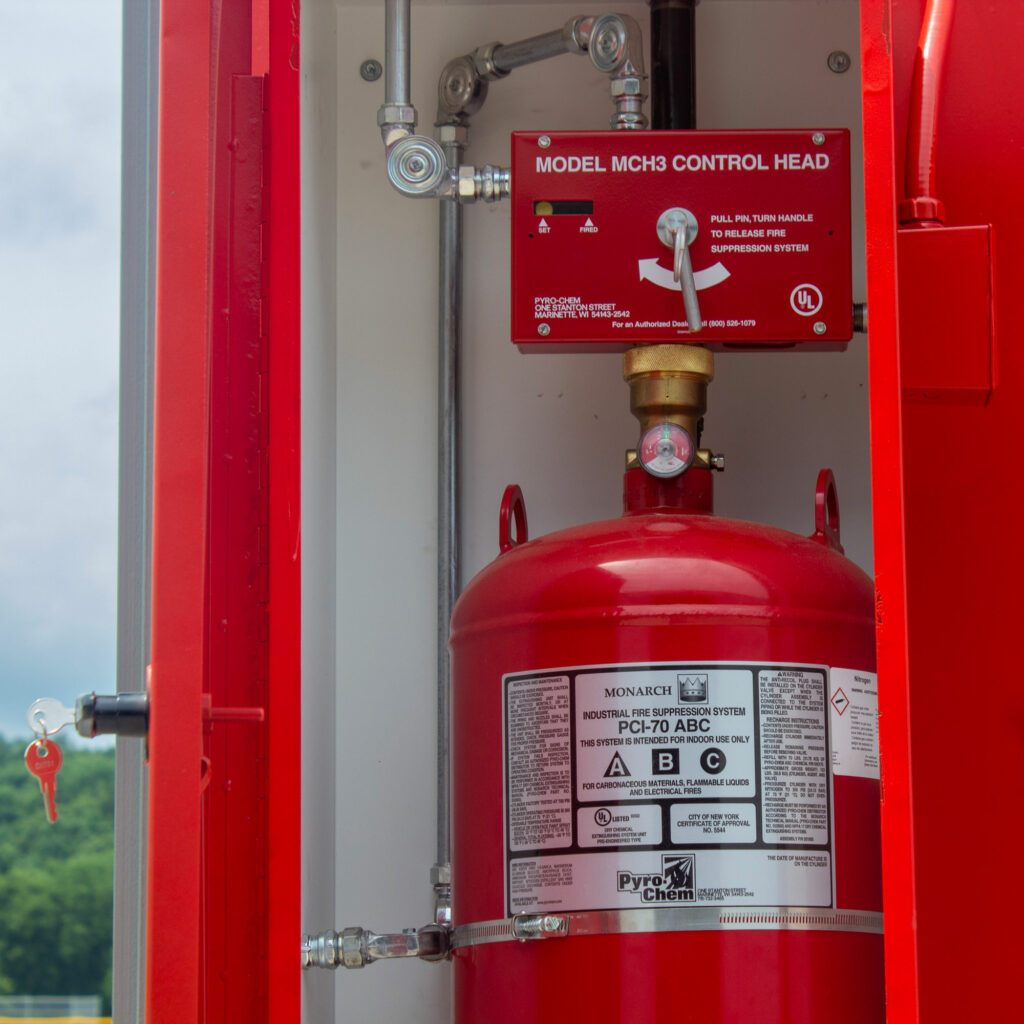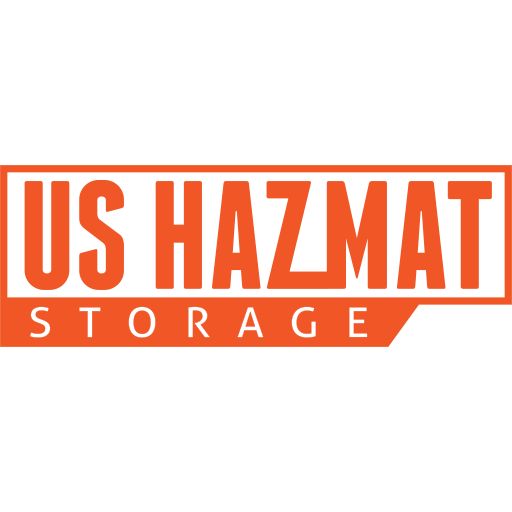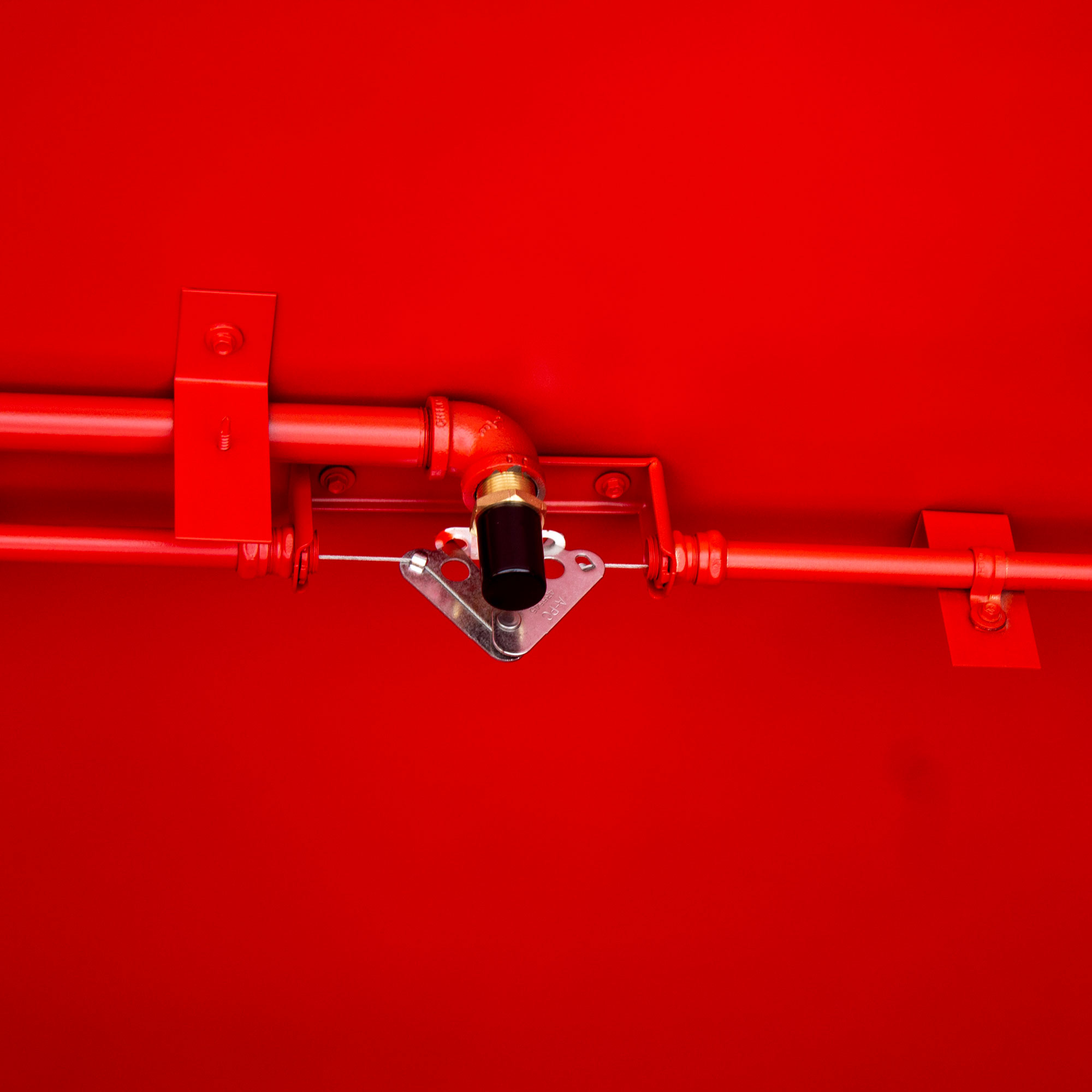Adequate jobsite fire suppression should be at the top of every safety manager’s checklist. According to the National Fire Protection Association, more than 37,000 fires occur annually at manufacturing facilities nationwide. While the number of fire related fatalities remains low, manufacturing facilities should mitigate all potential risks with adequate fire suppression. Preventing dangerous fires from spreading to vulnerable equipment and personnel can reduce undue harm and damages. Heeding the warnings of conflagrations nationwide, U.S. Hazmat Storage continues to engineer fire-rated chemical storage warehouses equipped with state-of-the-line fire suppression systems. Don’t become another statistic. Invest in compliant protection today.
Understanding the Costs of Chemical Fire Suppression
Failure to comply with federal law requiring the continuous operation of onsite fire suppression can lead to hefty civil fines and penalties. Recently, the EPA says Nox-Crete Inc agreed to pay a $37,026 civil penalty and install a fire suppression system following a May 2022 fire. During that blaze, more than 650,000 pounds of toxins were released to the environment and surrounding community. Federal authorities say the resulting alleged violations revolve around encroachments to the Federal Clean Air Act and the Emergency Planning and Community Right-to-Know Act. As part of the settlement, Nox-Crete must also install a foam-deluge fire suppression system.
“Nox-Crete’s operations presented a significant risk to its workers and the surrounding community, which is already overburdened by pollution,” said David Cozad, director of EPA Region 7’s Enforcement and Compliance Assurance Division. “This settlement, including the installation of the improved fire suppression system, will reduce the risk to workers and residents from future harmful accidents.”
www.epa.gov.
Protecting the Communities You Serve

Protecting the communities adjacent to your manufacturing facility should be a top priority. Safeguarding their environment should be taken under careful scrutiny and consideration, similar to the same diligence in shielding your employees from wanton harm and suffering. Compounding the chemical fallout from the May 2022 fire, OSHA identified the surrounding facility near the plant as a “potentially sensitive area” to environmental toxins. According to OSHA, factories that use hazardous materials and potential toxins must comply with the Clean Air Act. Under the law’s “General Duty Clause,” facility owners and operators must properly manage dangerous chemicals to prevent accidental releases.
Instilling good faith with the communities you serve pays dividends down the road. As the bulk of your presiding workforce comes from the towns closest to your base of operations, your facilities have a vested interest in preserving relationships with the town’s citizens and elected leaders. Continuous harmonious relationships also help secure subsidies and tax breaks if you expand operations. Employee retention directly impacts profits through continuity and worker morale. Having onsite adequate fire suppression eases nervous tension within your workforce. Knowing they’re properly cared for ensures employees aren’t constantly looking for better opportunities.
Invest in Superior Protection from U.S. Hazmat Storage

Fire suppression at manufacturing facilities isn’t some passive recommendation – it’s the law. Federal investigators will continue to come down hard on bad actors looking to circumvent adherence to pollution regulations. Our dry-chemical fire suppression systems meet all federal regulations and standards. In the event of a fire, extinguishing agents from the tension-activated piping network douses and neutralizes destabilized hazardous materials and the resulting flames. For maximum control standards, our fire suppression systems also offer manual pull stations to allow for direct activation closer to the source of fire.


